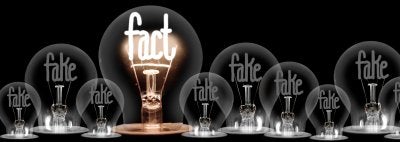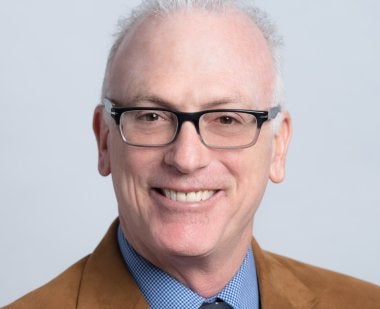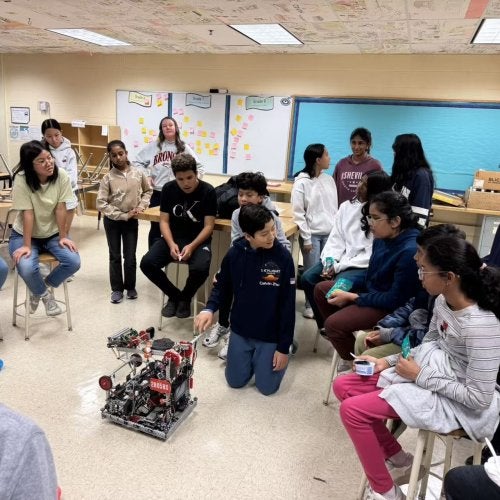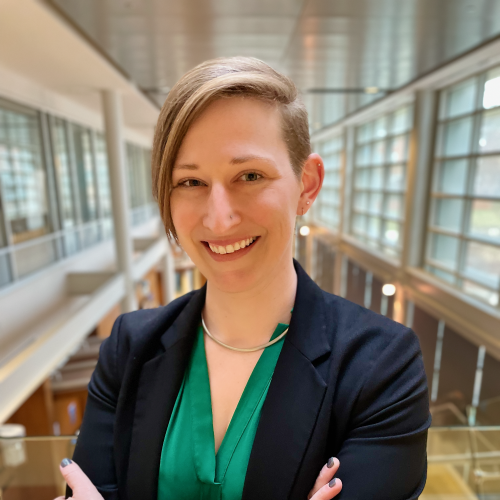

Evaluating plausibility to combat misinformation

From the coronavirus pandemic to climate change and presidential elections, misinformation surrounding important issues and current events is a growing and worrisome problem. Misinformation surrounding the COVID-19 virus, for instance, has permeated social media and is even being perpetuated by some world leaders, prompting public health officials to correct inaccuracies.
Researchers like Doug Lombardi, associate professor in COE’s Department of Human Development and Quantitative Methodology, likens today’s flood of misinformation as living in a ‘post-truth era,’ where conjecture and emotional appeal are more important than logic and scientific reasoning in influencing public opinion.
“It’s a perfect storm of information availability, particularly through social media, and the rapid way that we can each distribute information, such as through Twitter,” Dr. Lombardi said.
Dr. Lombardi, whose research focuses on scientific thinking and reasoning in classrooms, aims to counteract falsehoods in science classrooms. Along with Gale Sinatra, a professor at the Rossier School of Education at the University of Southern California, Dr. Lombardi is working to develop a method for students and teachers to use in evaluating the plausibility of a claim.
Rather than limit the focus to just validity or credibility of evidence and data, Dr. Lombardi wants to counter misinformation through a process that considers how plausible, or reasonable, knowledge claims are. That is, to ask students to pause and consider how a claim stacks up against related lines of evidence and alternative claims.
Unlike set, personal beliefs, people aren’t as committed to the plausibility of explanations, Dr. Lombardi said. With plausibility, there’s room for serious evaluation and consideration to guide decision-making and change a person’s understanding of an issue. The process is especially important in world events with far-reaching effects, such as elections or health crises.
“When the stakes are high, and scientific evidence, thinking and deliberate reasoning are needed, you need to stop and consider plausibility,” Dr. Lombardi said. “The Covid-19 crisis is of particular importance where individual actions are really critical to public health and safety.”
In a special issue article in Educational Psychologist, the researchers posit that considering the plausibility of a claim serves as a critical tool in evaluating knowledge and information sources, including websites, blogs, newspapers and other print and digital publications.
Dr. Lombardi uses an instructional technique called Model-Evidence Link, which suggests that rethinking the plausibility of a claim increases cognitive engagement. Mostly, Dr. Lombardi has worked on issues related to climate change and other environmental issues.
For instance, he asks students—as young as the 6th grade—to consider rising temperatures, sea levels, and decreasing sea ice, and puts forth two alternative explanations: that human activity is the central cause or that the effects are due to increasing amounts of energy from sun. Not only do students learn throughout the process, but the findings have been encouraging too, Dr. Lombardi said.
“We’ve seen some really great results in increasing students’ purposeful evaluation of claims to take a more critical approach,” Dr. Lombardi said.
Now, Dr. Lombardi plans to use this technique for tackling misinformation related to the Covid-19 pandemic, where misinformation has come from top levels of government and flooded social media.
Importantly, when it comes to misinformation, the researchers assert in the article that people ask, “Is the explanation plausible and how do I know?”
“That’s how you reappraise plausibility,” Dr. Lombardi said. “Initially a claim may seem plausible, but now you consider it versus an alternative, and weigh it against the lines of evidence to reappraise that plausibility.”


